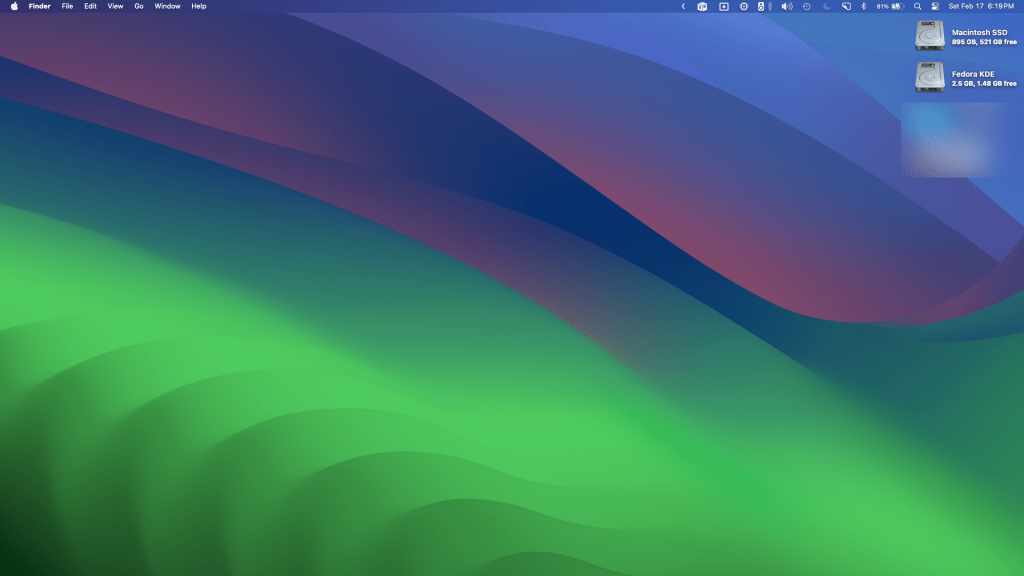It’s official, Apple has shuttered Epic Games’ ability to create an “alternative app marketplace” on iOS–shutting down their Swedish developer account on the 6th of March. It seems that Tweets critical of the company by Epic Games‘ CEO recently may have sparked the response. Despite Epic Games trying to operate in good faith with Apple, the multi-trillion dollar company chose a path of bad faith: shuttering the competition before they even stood a chance. It’s sad to see–I’ve spent several years now as an Apple customer, even recently switching back to using their devices primarily, but now I can’t trust them on mobile.
The biggest reason is that developers are going to stop trusting them soon enough. Frankly, Apple is becoming the very thing they sought to destroy almost forty some-odd years ago. The fact that they’re becoming more and more litigious is enough evidence, to be honest.
The company is simply on a power trip, fueled by a hunger for control and dominance over every industry in which they take part, even if that means costing themselves a significant amount of goodwill among their vast community of developers and enthusiasts. At least Microsoft’s former CEO Steve Ballmer understood that developers mean everything to a thriving platform. That said, Ballmer was controversial as a CEO, and most of that reputation is his own fault.
Every move the company has made, from RCS support and beyond (especially recently), has been done in a way that is nothing short of malicious compliance. Developers from across the industry, including several third-party developer alums, have come together and spoken out against these moves. Whether it’s independently, or through the Coalition for App Fairness, or through some other alliance.
Spotify, for example, is a member of the Coalition whose CEO was incredibly vocal against the proposed DMA rules set forth by Apple. They released another letter to the European Commission on Apple’s “lack of DMA compliance” just last week. Apple responded, with an incredibly anger-filled press release on Monday:
“Today, Spotify has a 56 percent share of Europe’s music streaming market — more than double their closest competitor’s — and pays Apple nothing for the services that have helped make them one of the most recognizable brands in the world. A large part of their success is due to the App Store, along with all the tools and technology that Spotify uses to build, update, and share their app with Apple users around the world.”
Keep in mind, the EU recently fined them €1.84 billion EURO ($2 billion USD) as a result of the anti-trust litigation between them, Spotify, and this is just a result of their distaste in their loss. The fact of the matter is–the Apple beast has become too powerful. We, the consumers, have given them this power–and we’re the only ones who can seize it once more.
Google isn’t exactly a saint either, to be clear. They’ve had their own myriad of bullshit and muddy bodies of antitrust and litigation of all sorts that would take ages to wade through. However–Android has, and will continue to be, an open platform in both source and user choice for as long as the Android Open Source Project exists and smartphone manufacturers (who aren’t Apple) continue making phones.
For Apple to succeed in interfacing with developers in the long-term–beyond their evangelists and most dedicated users who have zero understanding of how Android, Windows, or Linux works–they must stop alienating them and being so disrespectful when given constructive feedback. I’m not sure why their knee-jerk reaction is to play the victim card so much, especially when I’m sure they have a million other cards to play, but they continue to choose it.
For sympathy? Probably.
I believe it’s time for us iOS users to rebel in the only way Apple has given us the ability to do: take our business elsewhere. The grass is certainly greener on the other side of the wall. Even DHH, a well-known lover AND critic of Apple (being an Apple evangelist for a long ass time–perhaps 99% of my life–will do that), has switched to Android and Windows and has no reason to leave for a while.
Wild that we’ve gotten here. I’m doing the same thing, too–plotting my course out of the “ecosystem.” Perhaps it is that time. If Apple has a sincere change of heart, sure, but I don’t think developers are going to stick around for long with their attitude lately. Without developers, a platform is nothing. Without COMPETITION, a developer is nothing. If Apple truly is seeking to destroy both, iOS may as well be deemed irrelevant now.
Unless you want to eventually be stuck without any third-party apps in the future… I’d start looking at your options and plotting your exit plan. Samsung Galaxy S is probably the closest choice, but Google Pixel has a great line, too. That’s my take.



